Welcome to the latest crypto news, and the last crypto update in May!
Base announced plans for major network upgrades, Solana launched a DeFi tool, US banking giants focused on a stablecoin launch, as Bitcoin hit a $2 trillion market cap, and Binance launched a live trading feature.
Come along.
Base plans major network upgrades
Coinbase-backed Base, an Ethereum Layer 2 network, plans to implement substantial upgrades to make it faster, cheaper, and more decentralized.
Jesse Pollak, the lead developer of Base, posted the network’s upgrade plans on X on May 24. He explained that the improvements would scale Base to meet rising demand from users and developers.
According to Pollak, the team is working to reduce transaction confirmation time to 200 milliseconds and keep network fees consistently under $0.01. Those two goals are part of a broader plan to process over 200 transactions per second in the short term.
Pollak confirmed that Base ultimately aims to reach 1 million TPS (transactions per second). He also stressed that Base is moving toward a more decentralized architecture. The plan involves shifting key components of the protocol, such as the base state transition logic, directly onto Ethereum’s Layer 1 via smart contracts.
What impact would this have?
This change would enable multiple independent developers and validators to shape the network’s evolution. Notably, Base is undergoing various infrastructure upgrades to support these enhancements, making it the most scalable and user-friendly Ethereum Layer-2 network.
A prominent part of the upgrade is Flashblocks, a system that enables near-instant “preconfirmation blocks” to give users a faster and smoother experience. Testnet trials are being run, and the update is expected to be introduced on the mainnet by summer 2025.
The Coinbase-backed network also plans to expand its gas throughput. Base is targeting a rise from the current 25 million gas per second (Mgas/s) to 50 Mgas/s in Q2, to reach 250 Mgas/s by year-end. This would mark a 100-fold improvement over its original capacity.

Solana launches new tool for DeFi KYC
The Solana Foundation has launched the Solana Attestation Service (SAS), a decentralized identity verification protocol designed to simplify compliance and enhance trust across the network.
As announced via a post on X, the tool enables applications to validate off-chain data, such as Know Your Customer (KYC) checks and user accreditation. Builders can also use the tool to enforce region-based restrictions, establish user uniqueness, and create programmable reputation systems.
It does this without directly handling sensitive user information.
Solana Foundation said SAS introduces cryptographically signed, reusable credentials that trusted parties can issue. Once verified, users can seamlessly interact with multiple platforms without having to repeat onboarding or verification steps.
It stated,
“SAS enables compliance, access control, reputation systems, and programmable identity across the Solana ecosystem. It’s a better, easier experience for both end users and builders.”
This design eliminates the need for developers to maintain identity backends, thereby lowering the barrier to integrating compliance features. SAS supports various use cases, including DeFi compliance, access control in blockchain games, and location-based verification for connected devices.
SAS commemorates the first release from the newly established Solana Identity Group, a coalition of contributors that includes Civic, Solid, and Trusta Labs, among others. The group aims to generate privacy-preserving identity primitives tailored for the Web3 era.
Meanwhile, the launch comes amid rising interest from traditional finance in Solana’s infrastructure. Nzube Ezido, country lead for Solana Superteam NG, described SAS as a vital piece of the network’s evolving financial stack.
He said,
“This might be one of the most important primitives launched in a very long time. As we quickly ramp up on the capital market narrative, oracles that keep RWA in sync will need this to offer trust for on-chain to off-chain state.
Over the past months, several traditional financial institutions have been exploring the network’s potential for asset tokenization due to its speed, scalability, and low fees.
This is evidenced by the fact that R3, a blockchain infrastructure provider with over $10 billion in assets on its Corda platform, was partnering with Solana. The collaboration aims to onboard clients, such as HSBC and other major financial institutions, to leverage the network’s features.
At the same time, Kraken, a major US-based exchange, announced plans to utilize Solana’s infrastructure to facilitate the international trading of US-listed stocks. Market observers said these collaborations reflect Solana’s growing role in bridging real-world finance and blockchain infrastructure.
US banking giants eye joint stablecoin launch
According to the Wall Street Journal, major US financial institutions, including JPMorgan Chase, Bank of America, Citigroup, Wells Fargo, and other commercial banks, reportedly have preliminary discussions to launch a stablecoin together.
The report revealed that the discussions involve companies co-owned by banks, such as Early Warning Services and the Clearing House. Yet, these talks remain in the early stages.
This comes as a strategic response to the growing competition these banks face from the cryptocurrency industry. Thus, the outcome would depend on the progress of stablecoin legislation and market demand.
Interestingly, Bank of America’s CEO hinted at a possible stablecoin launch in late February. This newest initiative reflects a broader change within the banking sector.
It has been driven by concerns over the potential widespread adoption of stablecoins, particularly during the Trump administration. This could disrupt traditional deposit and transaction processes. The risk is significant if big tech companies or major retailers adopt them.
The Wall Street Journal affirmed,
“The banking industry is in catch-up mode in the crypto space after a regulatory crackdown two years ago
Meanwhile, the conversations emerge amid the country’s increased focus on regulating the sector through the GENIUS Act. Despite the opposition, the bill passed a vote last week, with 16 democrats changing their vote in favor. The GENIUS Act now heads to the Senate for a final vote.
Bankless founder Ryan Sean Adams posted,
“Next week, the US Senate will vote on the GENIUS stablecoin act—it will get passed.”
Adams assumes the bill’s passage will trigger a tremendous issuance of stablecoins as fintech companies, banks, and social media platforms move quickly to adopt them. He affirmed that most of these entities already have the required infrastructure and have been waiting for regulatory approval.
Wyoming Senator Cynthia Lummis also reiterated the significant impact of the proposed legislation. She described the act as a ‘thoughtful and well-balanced approach’ necessary for the US to preserve and expand its leadership in financial investments.
She wrote, “Stablecoins aren’t the future, they’re the present. Digital assets can facilitate payments 365 days of the year, without the extra costs.”
Market projections underscore this urgency. The US Treasury has predicted that the stablecoin market could surge to $2 trillion by 2028. Furthermore, Citigroup’s forecast anticipates the market capitalization to reach $3.7 trillion by 2030.
This anticipated growth highlights the transformative potential of stablecoins and the importance of regulatory and market positioning for traditional financial institutions.
Bitcoin hits $2T market capitalization
Bitcoin’s rebound above $ 100,000 in Q2 2025 tipped it to reclaim its $2 trillion market capitalization. The premier cryptocurrency first reached this milestone late last year, but headwinds in Q1 2025 reduced its market size to nearly $1.5 trillion.
Given the renewed risk-on sentiment after the China-U.S. trade deal, the asset’s market cap has risen to $2 trillion. This makes BTC the sixth most valuable commodity globally.
Typically, there were only seven assets with a market size of over two trillion. The list is dominated by tech companies, with Microsoft, Apple, and Amazon in the top five. Alphabet and Meta round out the top ten.
Assuming the market sizes of the top five remain the same, BTC would need to reach $110,000 to overtake Amazon as the fifth-largest asset. Likewise, to replace Apple in the fourth position, BTC must surge beyond $158,000.
Since the $110k-$200k range has been cited as a possible BTC target by December 2025, the asset could still become the fourth most valuable asset globally this year.
So, what’s behind BTC’s explosive market growth?
Between the April lows and BTC’s current level above $100,000, the realized capital increased from $869 billion to $906 billion. Moreover, over $36 billion in new capital flowed into the market in the past six weeks.
Additionally, according to CryptoQuant, U.S. spot BTC ETF inflows were the primary catalyst for growth, as indicated by realized capital. CryptoQuant also noted that the growth trend in realized cap could push BTC to a new all-time high.
“If the trend of increasing realized capitalization continues, suggesting ongoing investor confidence in Bitcoin, it is very likely that Bitcoin will surpass its ATH in the near future.
If the projection comes to fruition, BTC could displace Amazon from its position as one of the top five global assets.
Binance launches a live trading feature
Binance has launched Live Trading on its social platform, Binance Square. This was announced in a social media post. This marks a considerable leap toward merging real-time content, education, and on-chain in a single, seamless interface.
A bold step toward redefining the SocialFi experience, the move enables users to follow livestreamed strategies from verified creators and execute actual Spot or Futures trades directly within the stream.
With this launch, users can follow real-time live streams from verified creators. They can also place Spot or Futures trades directly within the stream, removing friction between learning and execution.
During livestreams, users can interact with pinned strategy cards that display vital trade information such as trading pair, order direction, and size. They can also execute trades without leaving the session.
For creators, Binance offers monetization opportunities. These include up to 50% commissions on referred trades, enhanced visibility, and an Incubator Program for up-and-coming strategists.
Verified influencers with over 1,000 followers can also share up to 100 past trades. This increases their visibility through competitions and campaigns. They also reserve the choice to apply to the Square Live Trading Incubation program if they are starting.
This move is part of Binance’s mission to transform crypto into a more community-driven and participatory ecosystem. With livestream competitions, multistreaming support, and more in the pipeline, Binance’s Live Trading turns market commentary into real-time financial action.
This feature could reshape how crypto users learn, trade, and connect. Still, Binance is not the first to introduce the concept of interactive, livestream-enabled trading.

How does it compare to other models?
Pump.fun, the Solana-based meme coin launchpad, recently reopened its livestream feature with added safeguards. This followed backlash over unmoderated, speculative content that sometimes misled viewers and encouraged impulsive behavior.
Its earlier live streams were criticized for “degen behavior,” hype-driven pump attempts, and minimal oversight. To put this in perspective, one stream was even accused of targeting minors.
In contrast, Binance’s Live Trading approach focuses on verified creators with clear risk disclosures. Additional differentiators include transparency through pinned strategy cards and direct execution through the platform’s regulated trading infrastructure.
There is also a structured monetization model. The market edges challenge the notion that meme hype is amplified, as Binance provides educational value, fosters transparency, and encourages informed decision-making.
Therefore, it rivals Pump.fun, which reflects crypto’s raw energy and community-driven meme culture. This signals a maturation of SocialFi, transitioning from chaos to structure, marking a pivotal moment in the evolution of the SocialFi ecosystem. The space is shifting from speculative chaos to platform-verified strategy.
At the same time, Binance’s innovation is part of a broader wave of SocialFi developments turning creators into monetized knowledge hubs.
First, Cookie DAO recently launched COOKIE Snaps, a decentralized creator network focused on InfoFi. It combines news delivery, personalized feeds, and content ownership. COOKIE is building a full-stack ecosystem that enables creators to earn money by sharing their insights and expertise. This empowers users with more control over any information they consume.
Second, Kaito, which is fusing AI, search, and social media monetization. The project recently launched its native token, KAITO, to reward Web3 researchers and influencers with direct value for their posts, signals, and commentary. This move disrupted the traditional ad-driven model of centralized platforms.
Together with Binance’s Live Trading, these initiatives suggest a new paradigm, where content is actionable, decentralized, and financially incentivized. The future of SocialFi may extend beyond simply watching and liking, as it leverages learning, earning, and time.
As SocialFi advances, Binance’s livestream-enabled trading may be the first domino in a broader movement. This could transform how users interact with finance, content, and each other in the Web3 era.

Closing remark
Base’s upgrades will significantly improve its speed and efficiency. Once fully implemented, they could position the network as a strong competitor to chains like Solana and Sui.
Solana’s new tool supports multiple use cases and has led to rising interest from traditional financial institutions in its infrastructure. Unsurprisingly, many commercial banks plan to launch a stablecoin collectively.
Bitcoin’s crossing of the $2 trillion market cap marks a new milestone for the cryptocurrency industry. It further boosts the asset’s dominance, attracts institutional interest, and drives liquidity across the financial market.
Lastly, Binance’s Live Trading feature is a game-changer as it combines entertainment, education, and financial action in a single user flow. Additionally, by utilizing expert traders on a secure platform, users can potentially have a more enjoyable experience.
Zypto App launches support for 7 new languages
Zypto App has launched language support for Spanish, French, Portuguese, Korean, Bengali, Croatian and German. Choose your language in Settings -> Language to choose the language you prefer. Find out more here.
And if you haven’t already tried Zypto App, what are you waiting for?! Download today and experience for yourself this crypto powerhouse.
From this week’s updates, what’s your favorite news? Or thoughts? Let us know in the comments section.

FAQs
What impact is Base’s upgrade expected to have?
Base plans to implement substantial upgrades to make its network faster, cheaper, and more decentralized.
Which new tool did Solana launch?
Solana launched the Solana Attestation Service (SAS), which is used for Know Your Customer (KYC) checks and user accreditation.
Which financial institutions are interested in launching a joint stablecoin?
They include JPMorgan Chase, Bank of America, Citigroup, Wells Fargo, among others.
Which milestone did Bitcoin hit recently?
Bitcoin’s market capitalization recently surpassed $2 trillion for the first time since December 2024.
What is Binance’s new update?
Binance has launched Live Trading on its social platform, Binance Square.




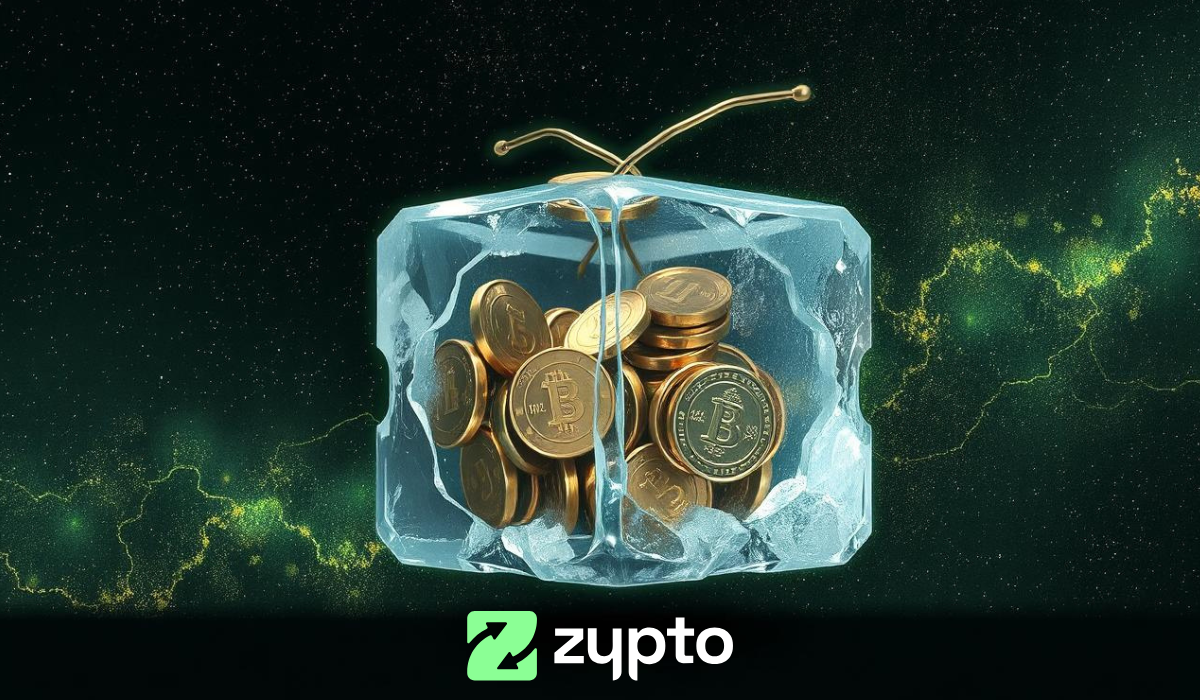

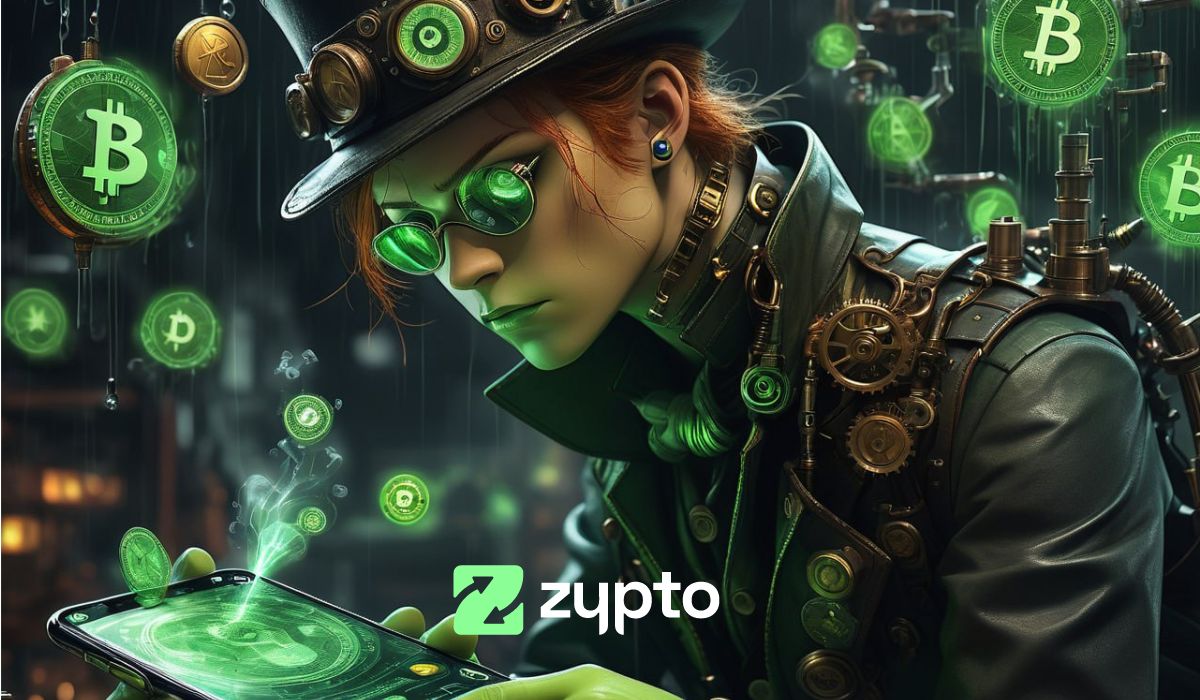


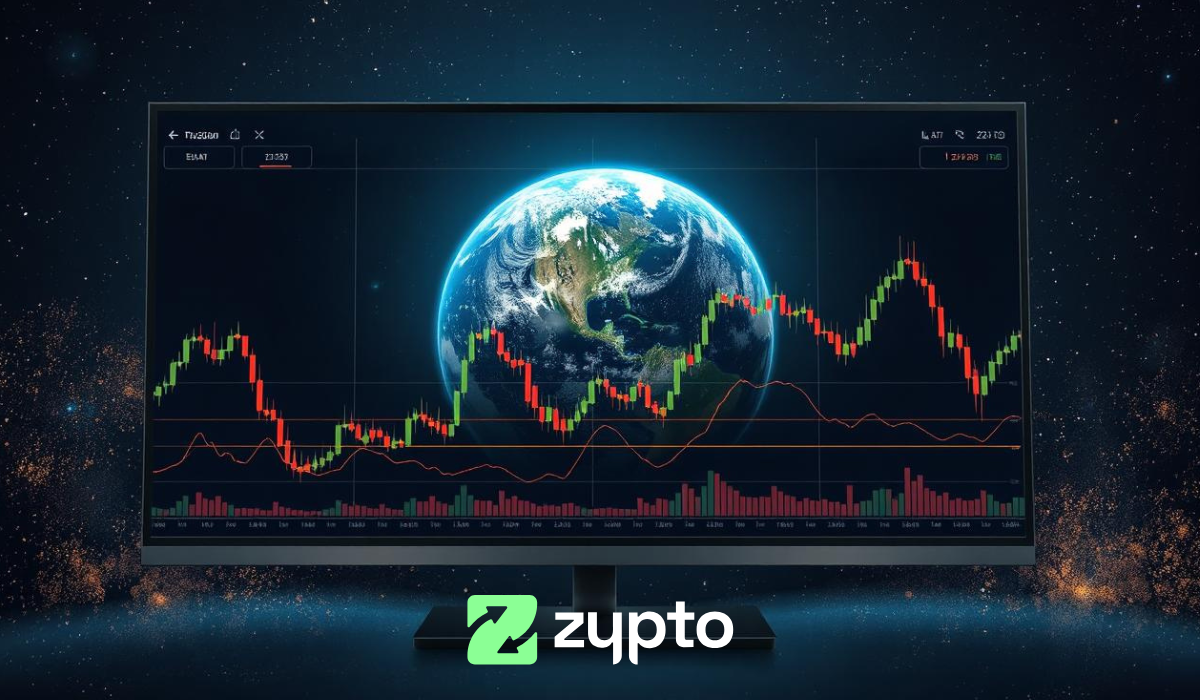


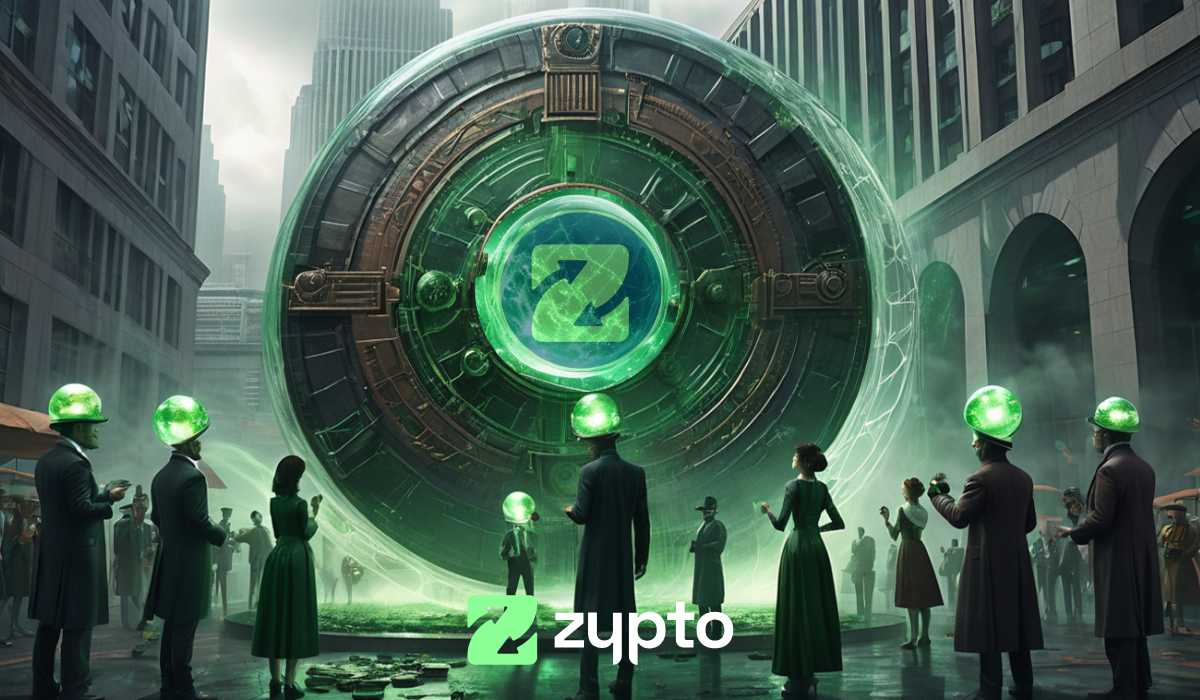

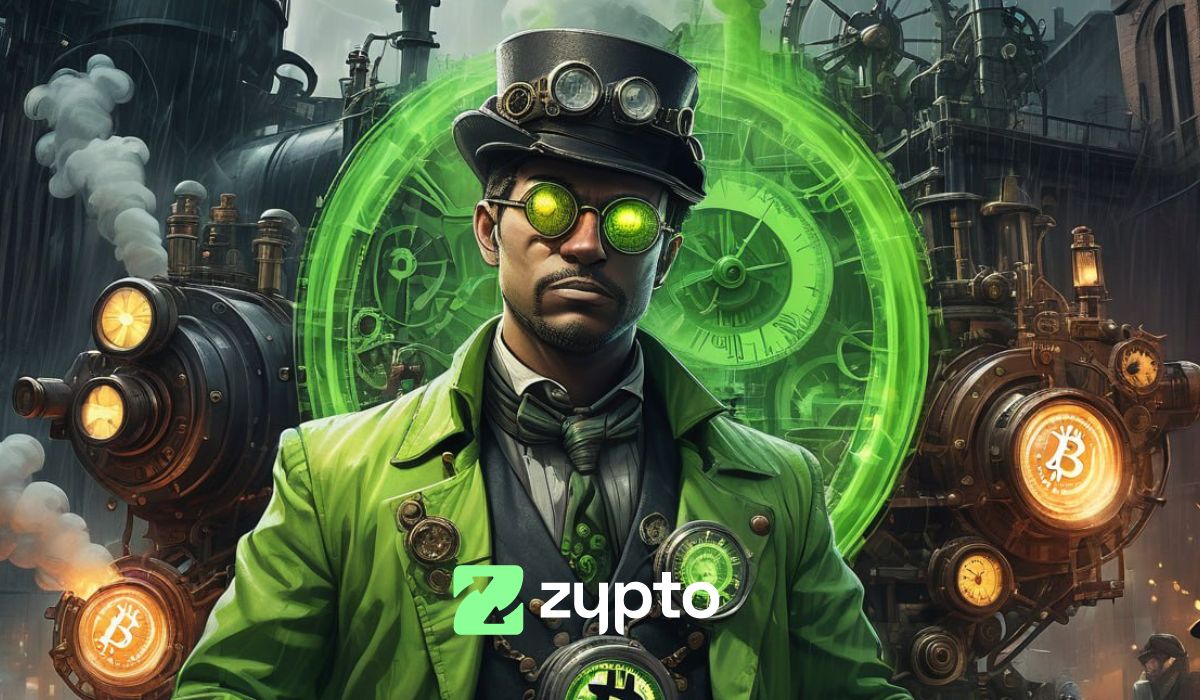




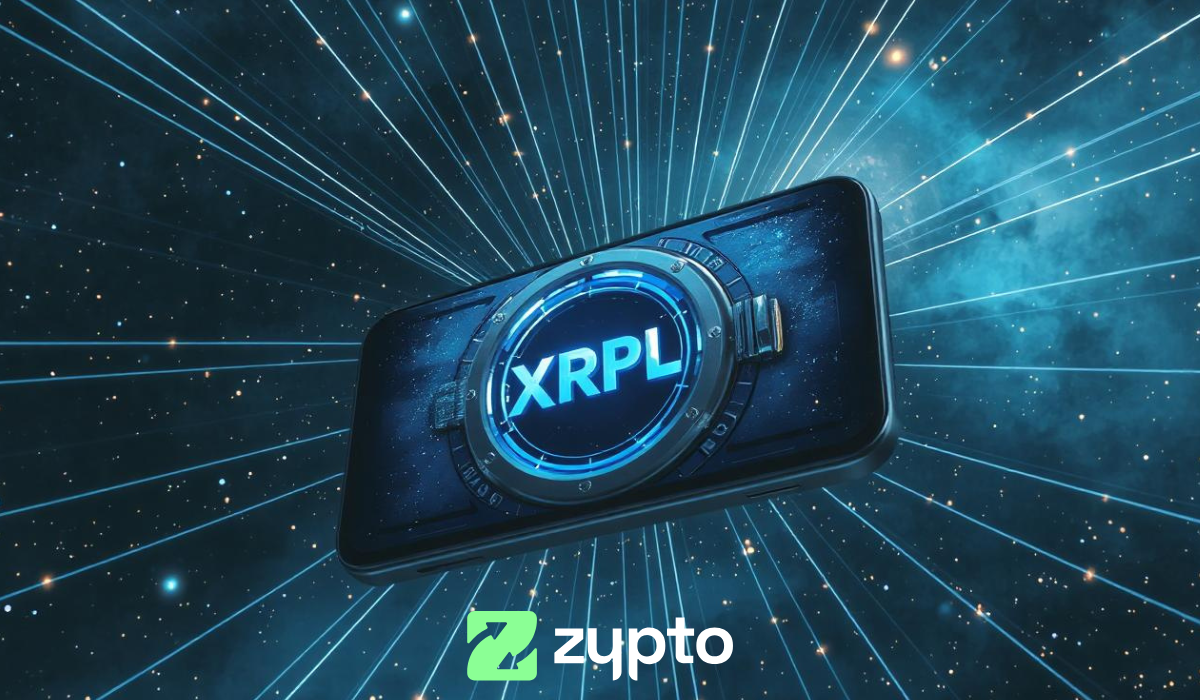
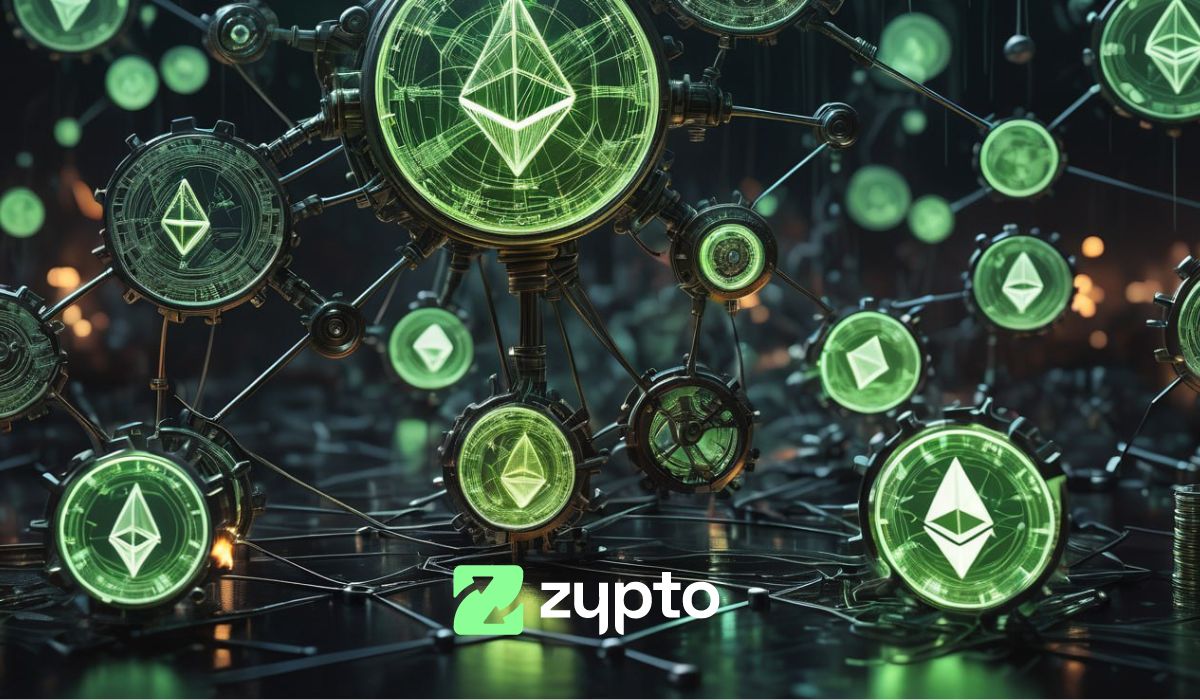

0 Comments